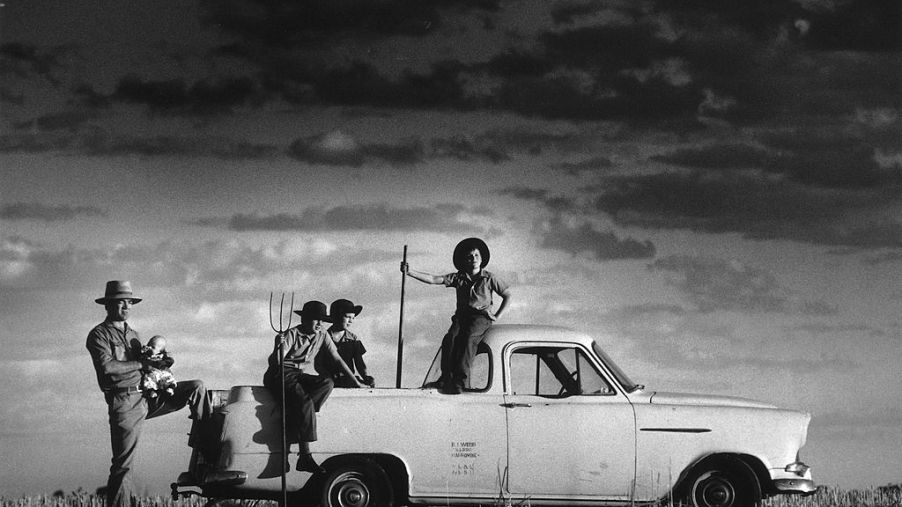
Car-Based Small Trucks Are Making a Comeback
With the auto manufacturer’s zeal to build everything truck, there is one type of truck they’re not building that seems like a no-brainer. In the US we know them as El Camino and Ranchero. In Australia, they’re known as “Utes.” Whatever it’s called, car/trucks are coming back soon as at least two manufacturers look to the end of 2020 for its launch.
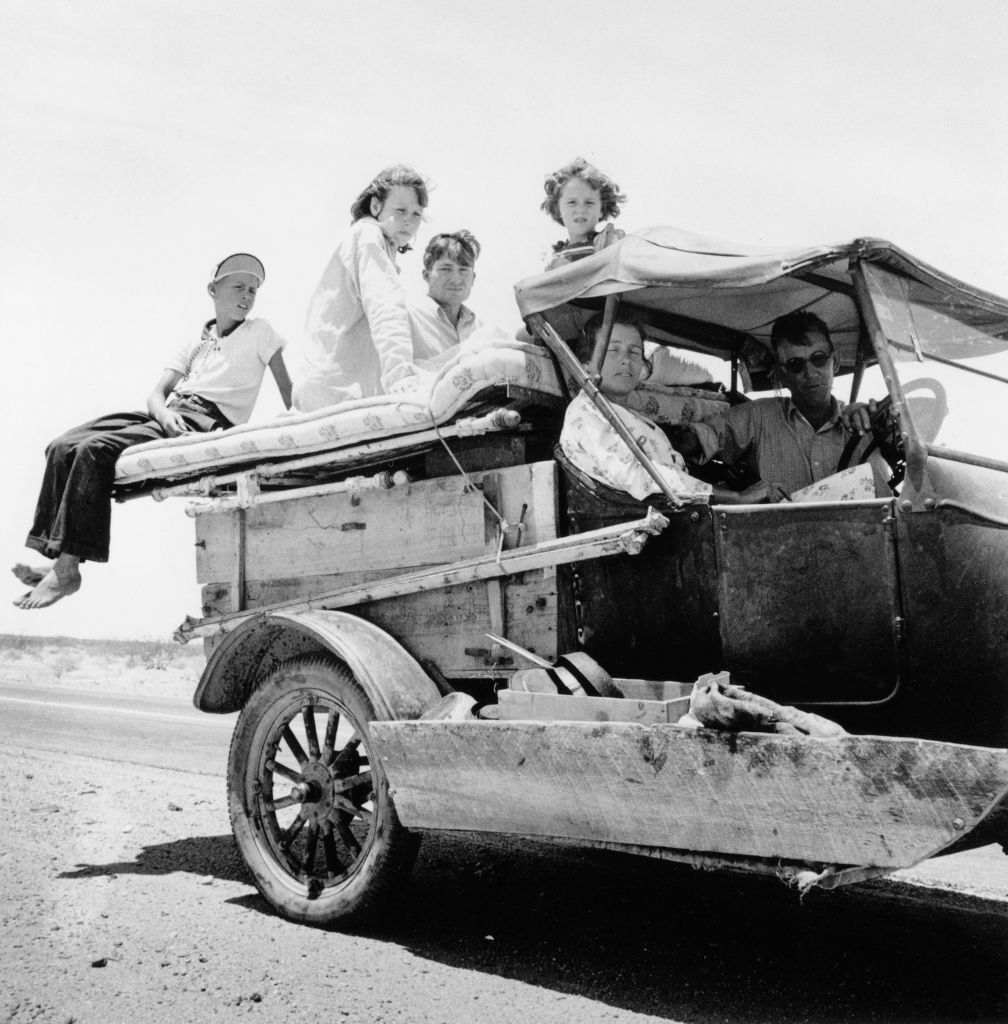
Car-based trucks first started showing up in the 1920s as companies like Ford took standard Model T roadsters, pitched the trunk and attached a pickup box. During the dust bowl exodus of the 1930s, many a car was converted into a truck to haul migrant families and everything they owned.
Australian “Utes”
In the 1930s companies like Chevy started to manufacture coupes with a pickup bed extending out of the trunk for farmers who were looking for a more practical new car. Also in the 1930s Australian car manufacturers began to offer utility cars or “Utes.”
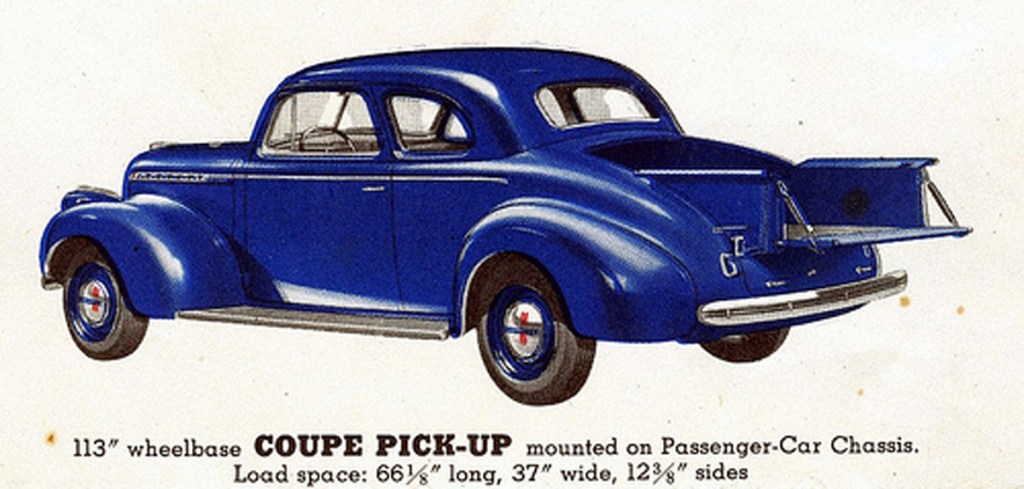
Utes were based on standard two-door production sedans with unique rear ends incorporating a bed. They were unique to Australia until 1957. In that year Ford introduced the first American car/truck; the Ranchero.
1957 Ford Ranchero
This was an easy proposition because in the 1950s and 1960s Ford and Chevy offered two-door and four-door station wagons. So, for a bit of unique tooling, a 1957 two-door Ford Ranch Wagon could be turned into a Ranchero.
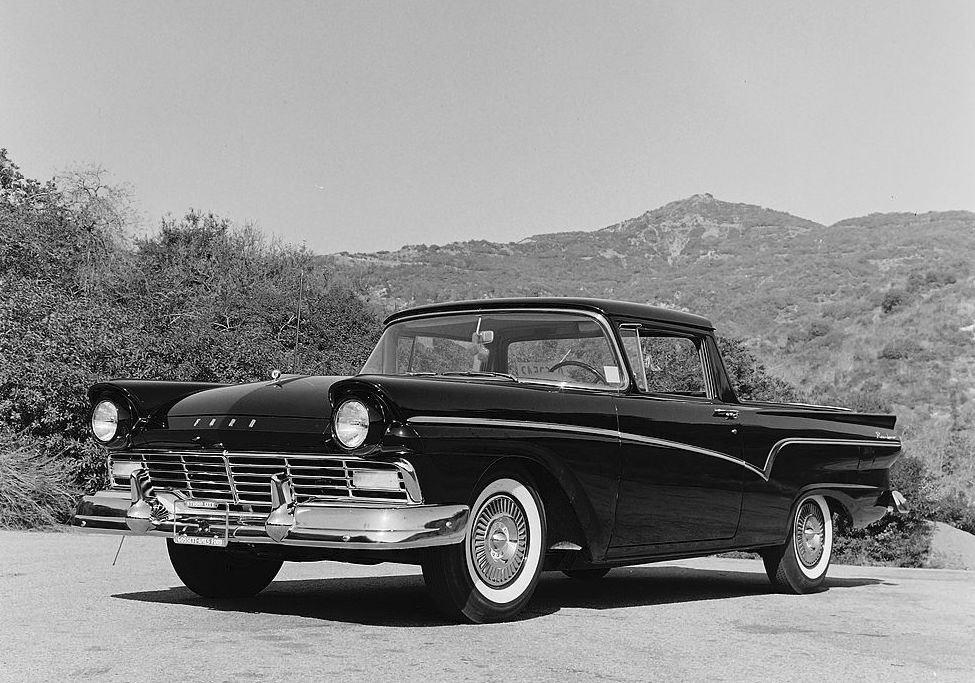
Ford built Rancheros alongside its full-size offerings of sedans and convertibles from 1957 to 1959. With the introduction of the compact Ford Falcon in 1960, Ford switched the Ranchero into a compact car/truck.
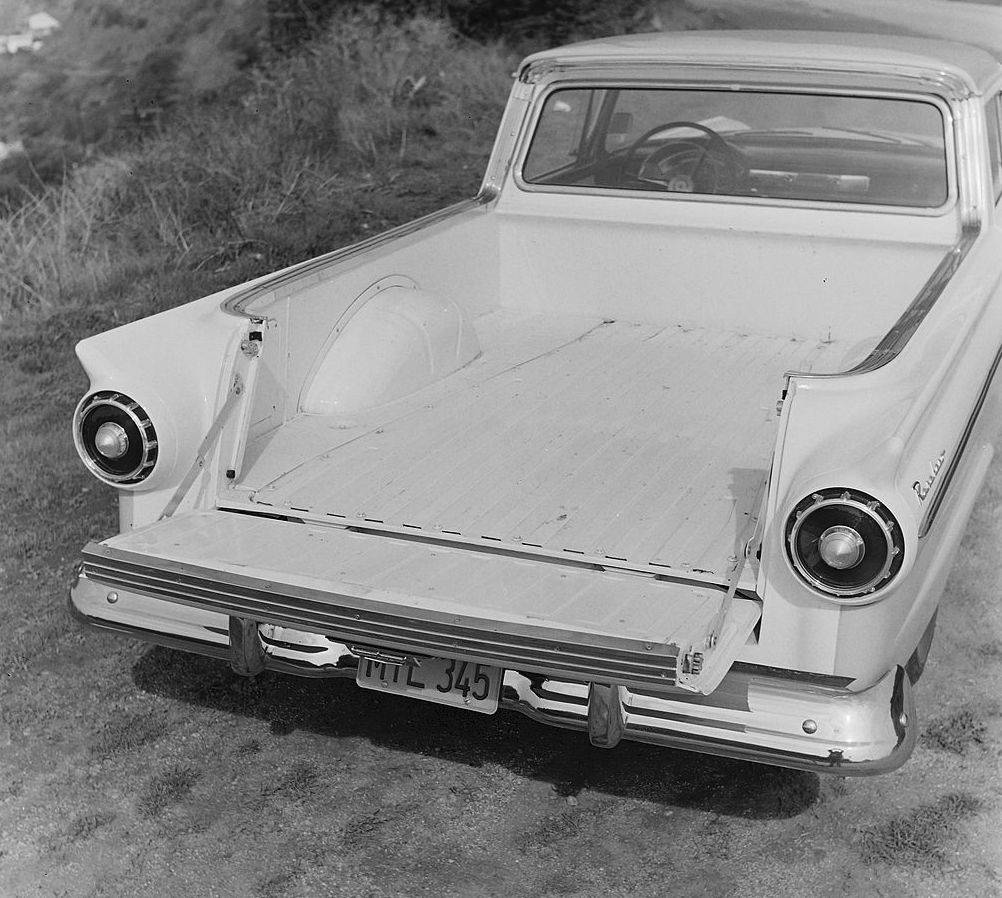
Chevy El Camino
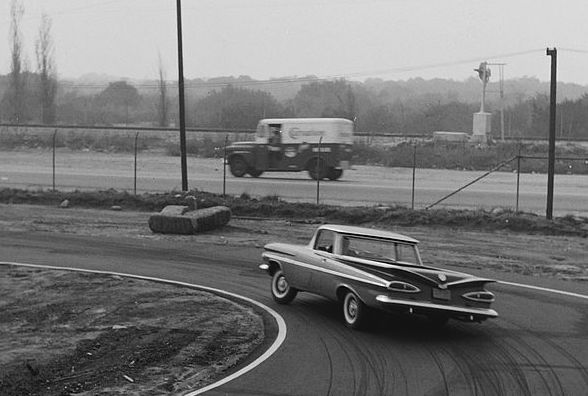
Ford rival Chevrolet had nothing like this in rebuttal. But in 1959 it too created its first car/truck called “El Camino.” Also based on its two-door station wagon, the El Camino was manufactured for two years before ceasing production.
While Ford continued producing the Ranchero over the years on both compact and midsize platforms, Chevy didn’t. Then in 1964 with the introduction of the Chevelle, a new El Camino was developed.
Cadillac Cowboys
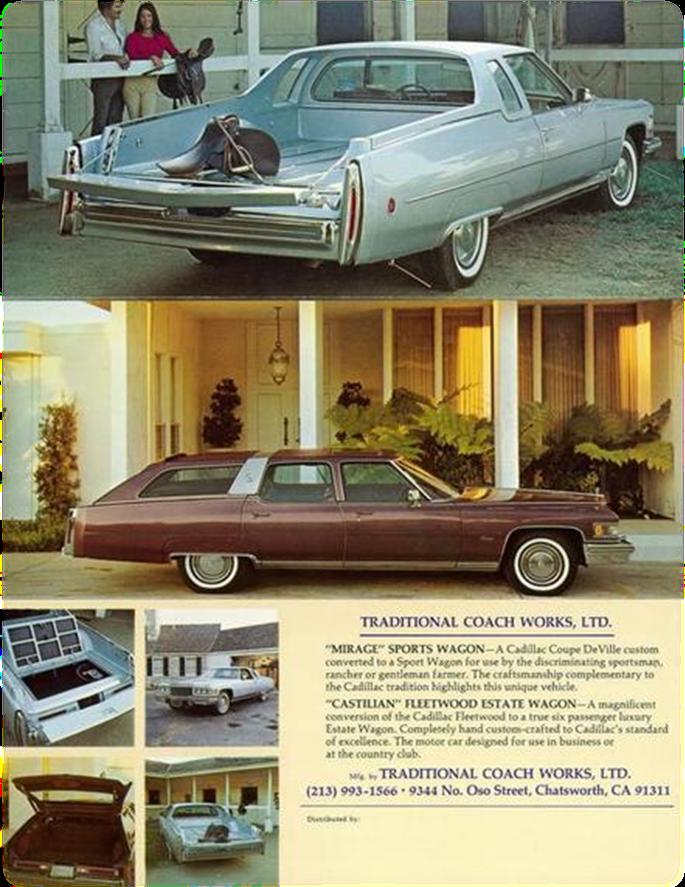
In the 1970s several enterprising coach builders converted both Cadillacs and Eldorados into pickups lasting until the early 1980s. As Buicks shared much of its inner structure with Cadillacs some were based on Buick station wagons while others were entirely coach-built.
Dodge Rampage
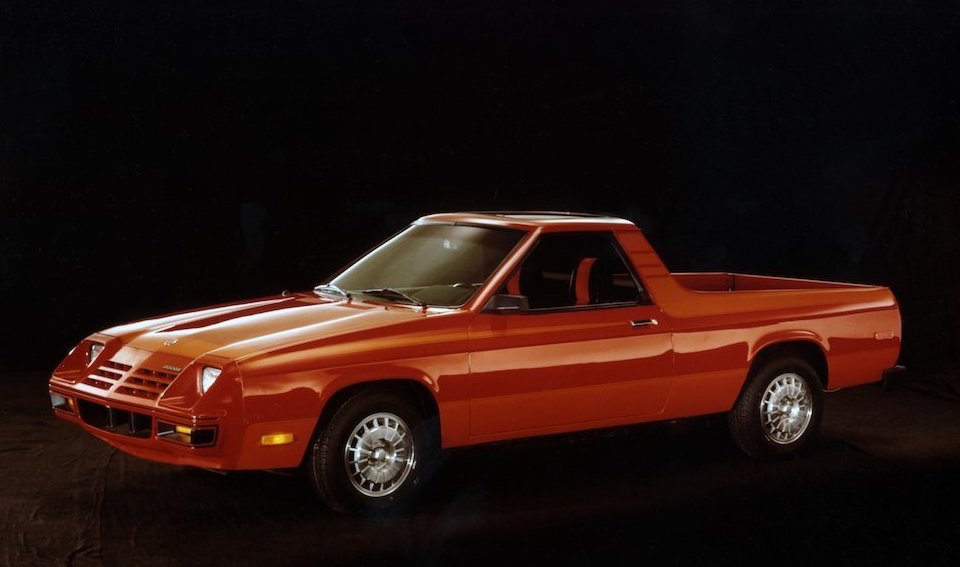
Even Chrysler Corp. got into the car/truck segment, but only one time. In 1982 it introduced the Dodge “Rampage.” Based on the Dodge Omni station wagon it lasted through 1984. Sales were never big.
In 1973 Chevy again based its El Camino on a full-size platform until the new 1978 Malibus were introduced at which time Chevy reverted back to this model. The El Camino continued with few changes until 1987 when it was quietly discontinued.
Ford and Chevy Stop Ute Production
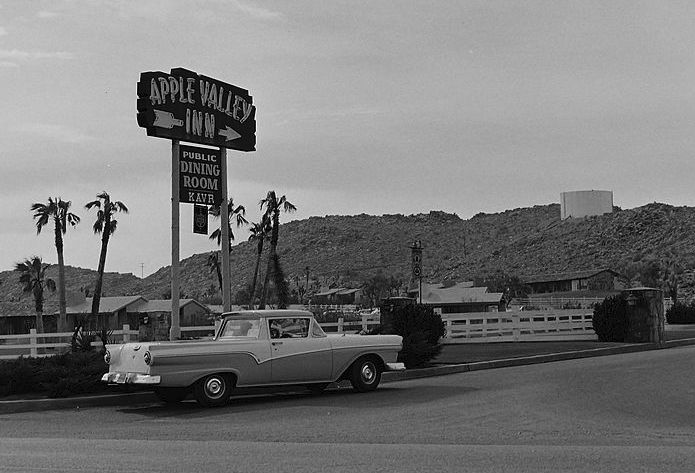
GM continued to produce Australian Utes until it stopped building its Holden line in 2017. Ford stopped Ranchero manufacturing after the 1979 model year. It continued manufacturing Utes until pulling out of Australia in 2017.
In the mid-2000s GM teased bringing over Holden Utes as a Pontiac model but once it was apparent Pontiac was on the chopping block the plan never materialized.
Now both Hyundai and Kia are sharing development of the “Santa Fe” car/truck. These will deviate from El Camino and Ranchero predecessors as they will be four doors, not two doors.
We’re anxious to see if this starts a resurrection of the car/truck platform from other manufacturers as well in the coming years.



